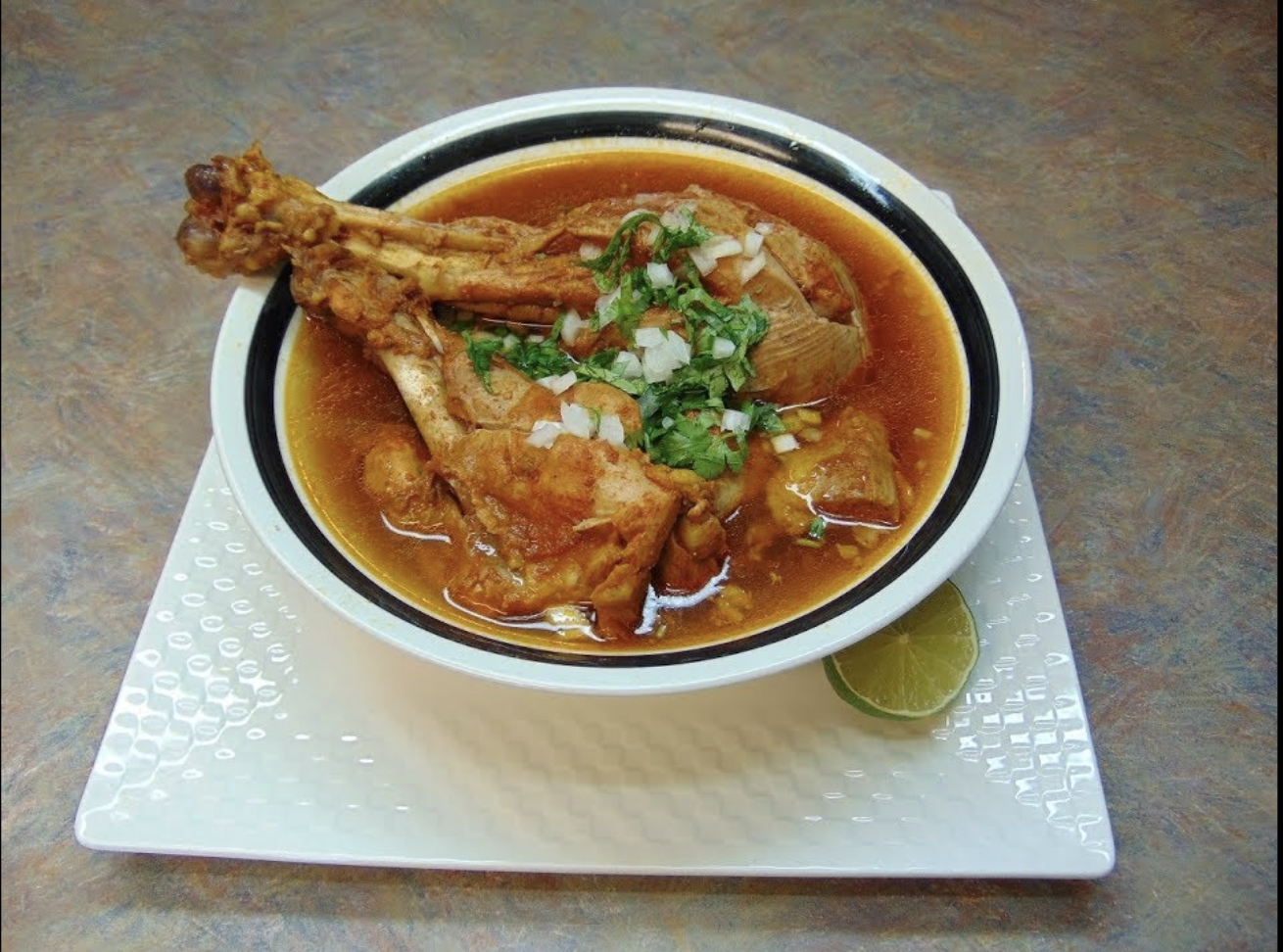Birria is a universe.
While the most popular birria variations that have taken off in the United States are beef and goat, birria is ultimately a traditional cooking method that uses vinegar and spices like clove, ginger, and peppercorns to braise a protein. In other words, birria is a verb.
A recipe for “chicken birria” in the New York Times published earlier this week caused an uproar on Twitter. Many immediately deemed it “inauthentic” and continued to criticize everyone’s favorite east coast newspaper that, admittedly, has got it wrong plenty of times. But this time around, they’re accidentally correct: birria de pollo goes is a thing in Michoacán. However, “pollo en birria” sounds a whole lot better than “chicken birria.” If you needed proof, everyone’s favorite Youtuber abuela from Michoacán showcased her family’s recipe for chicken birria two years ago. That video has over 1 million views.
Larousse Mexico, which has published some of the most important anthropologists and researchers in Mexico cuisine like Ricardo Muñoz Zurita, acknowledges birria de pollo as a regional variation in both their online and print versions of Diccionario enciclopédico de la Gastronomía Mexicana.
The earliest records of birria in Mexico go back to the 1600s. It is perhaps one of the best examples of the mestizaje that occurred in Mexico after the Spanish conquest. The story goes that the colonizing Spaniards brought goats to Mexico and gave them to Indigenous people in the Jalisco region—specifically around Cocula—because it was considered a lower-quality, stringier meat than beef, pork, and chicken. Not to be underestimated, Jalisco’s natives butchered and slathered the goats with a highly seasoned paste and braised, creating one of Mexico’s most iconic tacos in the process.
In Jalisco, highly seasoned birria de chivo is still king, and it is largely a Sunday-type of feast. Through a drove of Jalisciences that moved to Tijuana, birria shifted into a less seasoned version made with beef—suitable to be consumed on a daily basis.
New York Times omitted all of these birria history nuances in their low-key delicious-looking “chicken birria” recipe, so here are six other birria variations that are not beef or goat.
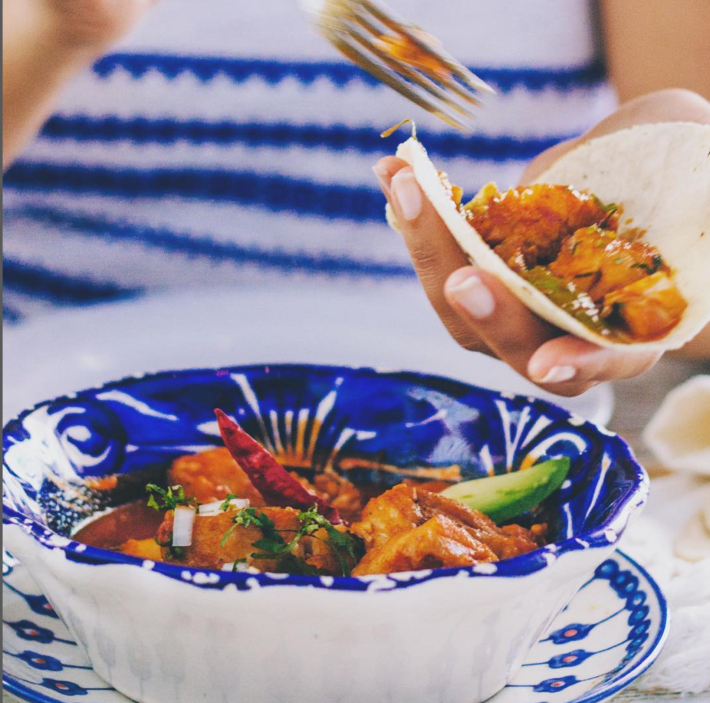
Birria de Pescado
Javier Plascencia is the Missionary of Tijuana Cuisine and the undisputed cooking champion of both Baja California and Baja California Sur, so when it came to opening Cevichería Erizo, his seafood restaurant in Tijuana, where he was raised, he knew he wanted to offer a fish version. "Birria is one of my favorite street foods in Mexico, especially in Tijuana, so I had to offer a seafood version." For the fish, he uses whichever high-oil wild fish is in seasons, such as local black cod, escolar, or swordfish. The resulting birria is unforgettable. "For people who don't eat meat, it's a great opportunity to try birria's authentic spicy flavors."

Birria de Puerco
One of the earliest birrias in Jalisco was believed to be made from a blend of goat and pork, presumably as a way to balance the gaminess and lean meat that the goat is known for. To this day, "birria de puerco" is one of the most popular variations on the thriving matriarchal treasure chest of recipes known as the señora network on Youtube. It is made from the same highly seasoned base, but pork is the star instead of goat. In Los Angeles, Compton-based Goat Mafia still makes birria de chivo using pork fat, an ancestral method he learned from his grandfather, Maximiliano Garcia, of Tamazula de Gordiano, Jalisco.
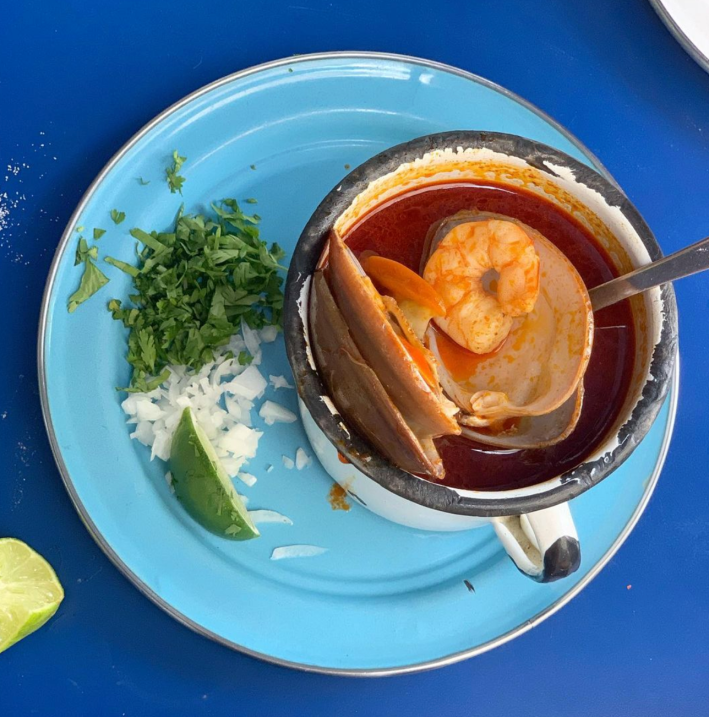
Birria de Almejas
Guadalajara's famous chef Toño de Livier is a mariscos mastermind who is absolutely fearless when it comes to diving into outside-the-box variations of Jalisco's classics. A deliciously briny version of a seafood-based birria is the star at his seafood restaurant in Guantos, La Panga del Impostor, featuring clams and plump shrimp. The well-seasoned birria consomé has the power to cure even the most fatal hangovers procured from a night of excess at De La O's Mexican-inspired tiki cocktails and all that warm mezcal you drank at Pare de Sufrir that sounded like a good idea at the time.
Birria de Borrego

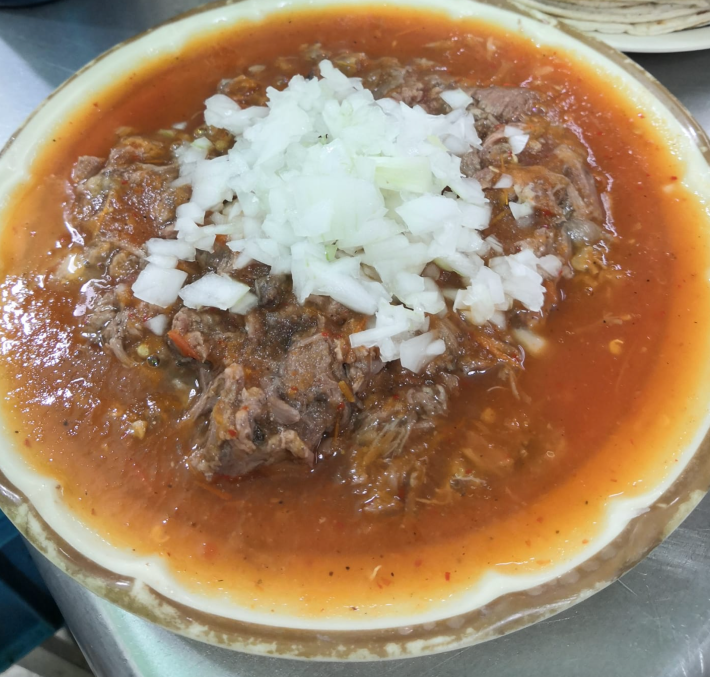
The thick, tomato-heavy Aguascalientes-style birria de borrego made its debut on the second season of Taco Chronicles on Netflix. It is similar to Hidalgo-style barbacoa in the way that the lamb is cooked with maguey leaves—in a pot, not underground, so the flavor is more vegetal than smoky—but it is then ladled with a thick, rustic-style consomé made from tomatoes and the lamb broth it is cooked in. It is absolutely delicious. In L.A., the closest you can get to this style is Birria El Jaliscience, which was also recently featured on the third season of the Taco Chronicles. This birria style is from the highlands of Jalisco, not too far away from Aguascalientes, but roasted goat is used instead of lamb.
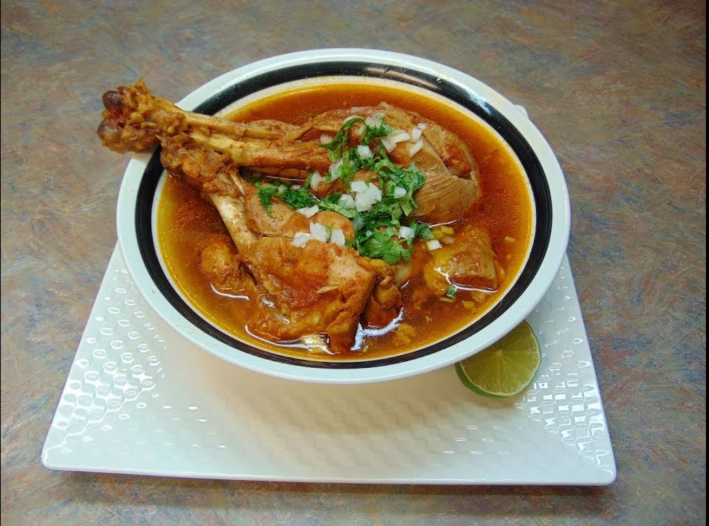
Birria de Pavo
If you've walked around Mexico City, Guadalajara, or any other major city, you've probably seen those newsstands that carry one-off editions of specialized cooking magazines. They are glossy and usually dedicated to specific seasonal topics such as seafood, Christmas, or vegetarian cooking. These magazines not only act as a real-time archive of traditional Mexican recipes, but serve as a platform for the evolution of recipes, such as a turkey variation of birria. The señora portal of Youtube cooking videos also strikes again with this variation, with many tutorials to unlocking the virtues of perhaps one of the only ways to keep turkey juicy. In Los Angeles, Jaime Martin del Campo and Ramiro Arvizu of La Casita Mexicana have been known to offer turkey birria during the holidays and may make a batch just for you if you call ahead and ask nicely during the next holiday season.
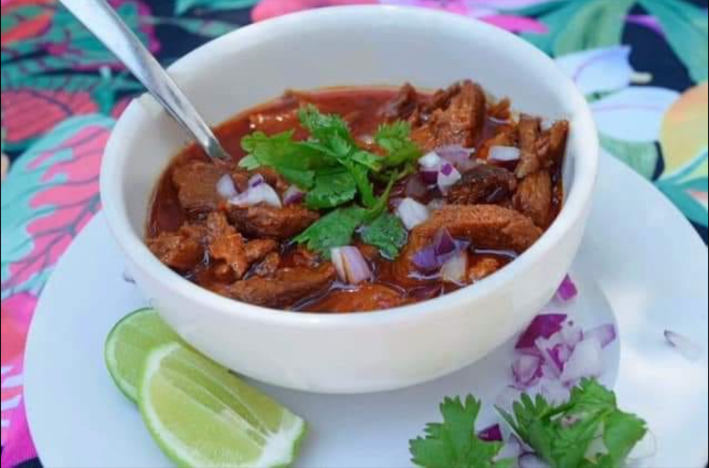
Birria de Soya
Vegetarians in Jalisco have been rehydrating textured soy protein and braising the strips in birria spices for decades. Step into an old-school vegetarian restaurant in Jalisco, like Planeta Vegetariano in Puerto Vallarta, which has been open for more than 20 years, and you'd probably be surprised how meaty it is. Some recipes, like this one featured in Mexico's popular cooking website, KiwiLimon, also add mushrooms or nopales to the mix.
